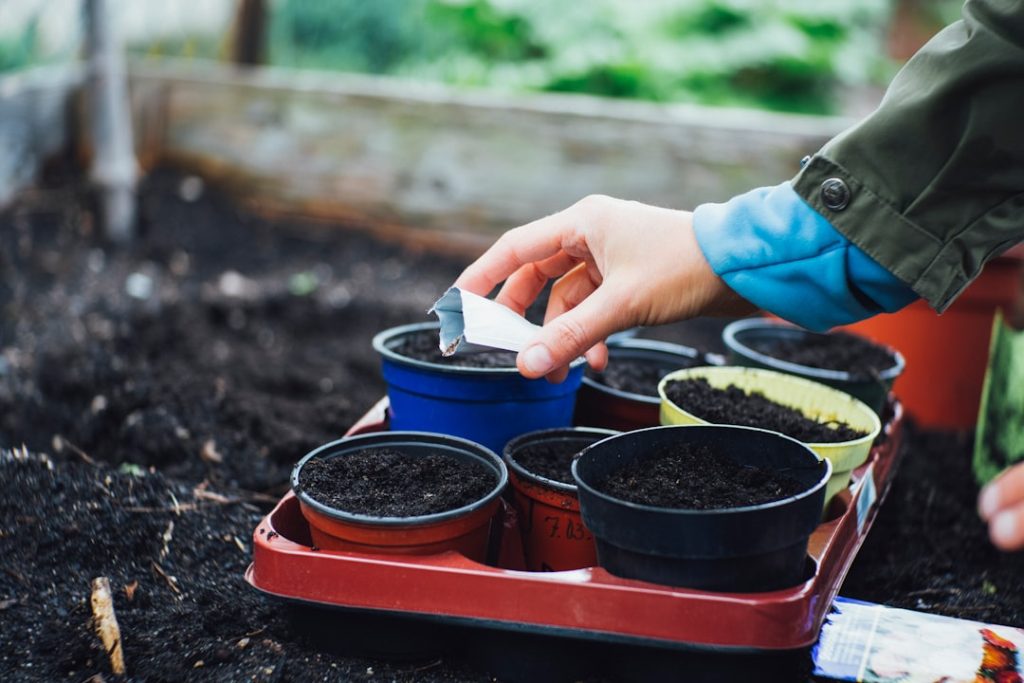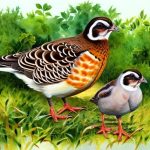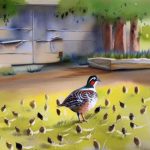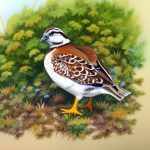Captive breeding plays a crucial role in the conservation and preservation of the bobwhite quail population. Due to habitat loss, predation, and other environmental factors, the wild bobwhite quail population has been declining in recent years. Captive breeding programs provide a way to ensure the survival of the species by maintaining a genetically diverse population that can be used for reintroduction into the wild. By carefully selecting breeding stock and creating optimal breeding environments, captive breeding programs can help to increase the overall population of bobwhite quail and prevent the species from becoming endangered or extinct.
Furthermore, captive breeding allows for the study and observation of bobwhite quail behavior, genetics, and reproductive patterns. This information can be used to better understand the needs of the species and develop effective conservation strategies. By studying captive-bred bobwhite quail, researchers can gain valuable insights into their biology and ecology, which can inform efforts to protect wild populations. In addition, captive breeding programs provide an opportunity for public education and awareness about the importance of conserving native wildlife. Through outreach and educational programs, captive breeding facilities can engage the public in conservation efforts and inspire a greater appreciation for the natural world.
Table of Contents
- 1 Selecting the Right Breeding Stock for Captive Breeding
- 2 Creating the Ideal Captive Breeding Environment for Bobwhite Quail
- 3 Managing Breeding Pairs and Clutches
- 4 Feeding and Nutrition for Bobwhite Quail in Captivity
- 5 Health and Disease Management in Captive Bobwhite Quail
- 6 Releasing Captive-Bred Bobwhite Quail into the Wild
- 7 FAQs
Key Takeaways
- Captive breeding is crucial for the conservation of bobwhite quail populations.
- Select breeding stock with good genetic diversity and strong physical attributes.
- Provide a spacious and natural environment for captive breeding to mimic the wild.
- Monitor breeding pairs and manage clutches to ensure successful reproduction.
- Offer a balanced diet and proper nutrition to maintain the health of captive bobwhite quail.
Selecting the Right Breeding Stock for Captive Breeding
Selecting the right breeding stock is essential for the success of captive breeding programs for bobwhite quail. It is important to choose individuals that are healthy, genetically diverse, and free from any hereditary diseases or defects. When selecting breeding stock, it is crucial to consider factors such as age, size, coloration, and overall physical condition. By carefully evaluating these traits, breeders can ensure that they are working with the best possible genetic material to produce healthy offspring.
In addition to physical characteristics, behavioral traits should also be taken into account when selecting breeding stock. Bobwhite quail that exhibit strong parental behaviors, such as nest building and incubation, are desirable for captive breeding programs. These behaviors are essential for the successful rearing of offspring in a captive environment. By choosing individuals with strong parental instincts, breeders can increase the likelihood of successful reproduction and chick survival. Overall, selecting the right breeding stock is a critical step in ensuring the long-term success of captive breeding programs for bobwhite quail.
Creating the Ideal Captive Breeding Environment for Bobwhite Quail
Creating an ideal captive breeding environment is essential for the health and well-being of bobwhite quail in captivity. The breeding facility should be designed to mimic the natural habitat of the species as closely as possible. This includes providing ample space for the birds to move around, as well as natural vegetation and cover for nesting and roosting. The environment should also include appropriate temperature and lighting conditions to simulate the natural seasonal changes that trigger reproductive behaviors in bobwhite quail.
Furthermore, the breeding environment should be free from potential sources of stress or disturbance, such as loud noises or sudden movements. Minimizing stress is crucial for promoting successful reproduction and chick rearing in captivity. Additionally, providing enrichment activities, such as foraging opportunities and social interactions, can help to keep the birds mentally and physically stimulated. By creating an environment that meets the natural needs of bobwhite quail, breeders can encourage natural behaviors and reproductive success in captivity.
Managing Breeding Pairs and Clutches
Managing breeding pairs and clutches is a key aspect of captive breeding programs for bobwhite quail. It is important to carefully monitor the behavior and interactions of breeding pairs to ensure that they are compatible and successfully reproducing. Observing courtship behaviors, nest building, and egg laying can provide valuable insights into the reproductive status of the birds. Additionally, it is important to keep detailed records of breeding pairs and clutches to track reproductive success and genetic diversity within the captive population.
When managing clutches, it is important to provide appropriate nesting materials and conditions to support successful incubation and chick rearing. This includes ensuring that nests are located in a quiet, secluded area to minimize disturbance and predation risk. Additionally, providing access to a variety of food sources can help to support the nutritional needs of breeding pairs and their offspring. By carefully managing breeding pairs and clutches, captive breeding programs can maximize reproductive success and maintain a healthy population of bobwhite quail.
Feeding and Nutrition for Bobwhite Quail in Captivity
Feeding and nutrition play a critical role in the health and reproductive success of bobwhite quail in captivity. It is important to provide a balanced diet that meets the nutritional needs of the birds throughout all stages of their life cycle. This includes offering a variety of seeds, grains, insects, and green vegetation to mimic the natural diet of bobwhite quail in the wild. Additionally, providing access to grit or small stones can help to support proper digestion in captive birds.
In addition to a balanced diet, it is important to ensure that bobwhite quail have access to clean water at all times. Water is essential for hydration, thermoregulation, and overall health in captive birds. By providing fresh water daily, breeders can help to prevent dehydration and support optimal reproductive performance in bobwhite quail. Overall, feeding and nutrition are essential components of captive breeding programs for bobwhite quail and play a crucial role in maintaining healthy, thriving populations.
Health and Disease Management in Captive Bobwhite Quail
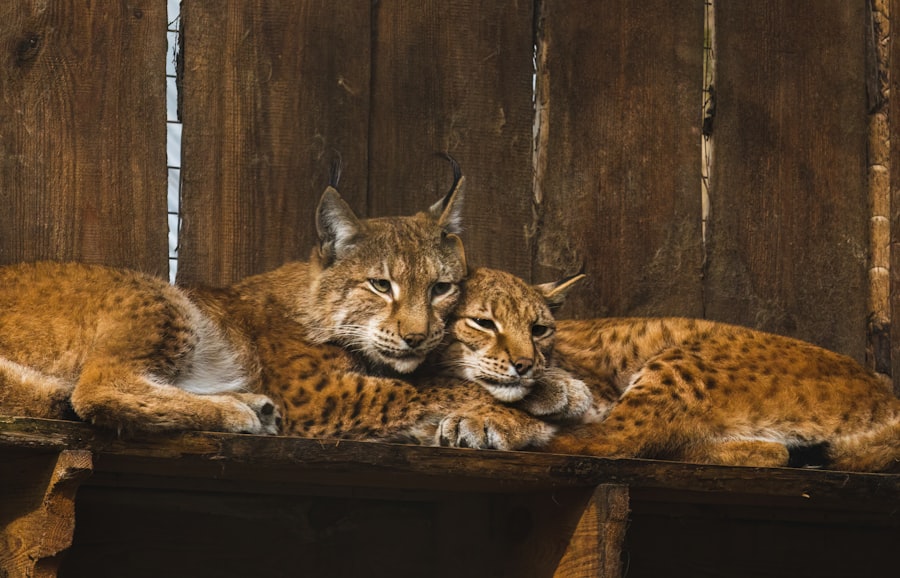
Health and disease management are critical aspects of maintaining a successful captive breeding program for bobwhite quail. It is important to monitor the health of birds regularly and promptly address any signs of illness or injury. This includes conducting routine health checks, observing behavior and physical condition, and seeking veterinary care when necessary. Additionally, implementing biosecurity measures can help to prevent the spread of disease within the captive population.
In addition to proactive health management, it is important to have a plan in place for responding to disease outbreaks or emergencies. This may include quarantine procedures, treatment protocols, and communication with relevant authorities or experts in avian health. By being prepared to respond to health challenges, captive breeding programs can minimize the impact of disease on their populations and maintain healthy bobwhite quail for reintroduction into the wild.
Releasing Captive-Bred Bobwhite Quail into the Wild
Releasing captive-bred bobwhite quail into the wild is a critical step in conservation efforts for the species. Before release, it is important to ensure that birds are healthy, genetically diverse, and well-adapted to survive in their natural habitat. This may involve conducting pre-release health assessments, acclimating birds to natural conditions, and providing supplemental food or shelter as needed. Additionally, it is important to monitor released birds post-release to assess their survival and integration into wild populations.
Furthermore, releasing captive-bred bobwhite quail provides an opportunity for public engagement and education about conservation efforts. By involving local communities in release events and outreach activities, conservation organizations can raise awareness about the importance of protecting native wildlife and their habitats. Additionally, releasing captive-bred birds can help to bolster wild populations and contribute to overall species recovery efforts. Overall, releasing captive-bred bobwhite quail into the wild is a crucial step in ensuring the long-term survival of the species and promoting a healthy ecosystem.
If you’re interested in learning more about creating the ideal environment for raising poultry, you might want to check out an article on chicken coop nest boxes. Just like bobwhite quail, chickens also benefit from well-designed living spaces that cater to their natural behaviors and needs. This article provides valuable insights into creating comfortable and functional nesting areas for chickens, which can be a helpful resource for anyone looking to improve their poultry breeding practices.
FAQs
What is captive breeding of bobwhite quail?
Captive breeding of bobwhite quail involves the controlled breeding of these birds in a confined environment, such as a breeding facility or aviary, with the goal of increasing their population numbers.
Why is captive breeding of bobwhite quail important?
Captive breeding of bobwhite quail is important for conservation efforts, as it helps to maintain genetic diversity and prevent the decline of wild populations. It also provides a sustainable source of birds for hunting and research purposes.
How is captive breeding of bobwhite quail carried out?
Captive breeding of bobwhite quail typically involves providing suitable nesting and breeding conditions, monitoring the birds’ reproductive behavior, and managing the genetic diversity of the captive population to prevent inbreeding.
What are the challenges of captive breeding bobwhite quail?
Challenges of captive breeding bobwhite quail include maintaining the birds’ natural behaviors and instincts, preventing disease outbreaks in the captive population, and ensuring the successful release of captive-bred birds into the wild.
What are the benefits of captive breeding bobwhite quail?
The benefits of captive breeding bobwhite quail include contributing to the conservation of the species, providing a sustainable source of birds for hunting and research, and potentially increasing the overall population of bobwhite quail in the wild.
Meet Walter, the feathered-friend fanatic of Florida! Nestled in the sunshine state, Walter struts through life with his feathered companions, clucking his way to happiness. With a coop that’s fancier than a five-star hotel, he’s the Don Juan of the chicken world. When he’s not teaching his hens to do the cha-cha, you’ll find him in a heated debate with his prized rooster, Sir Clucks-a-Lot. Walter’s poultry passion is no yolk; he’s the sunny-side-up guy you never knew you needed in your flock of friends!

